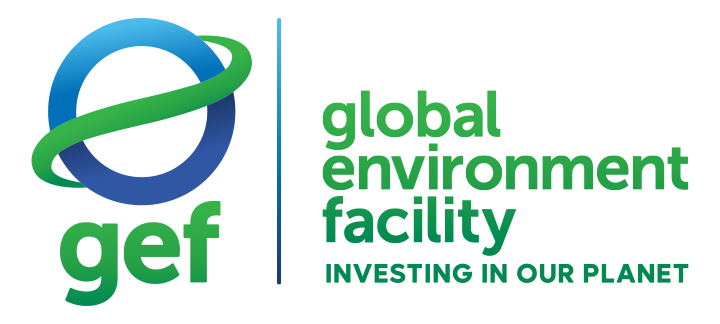From the Ecuadorian Amazon to the European markets: Sustainable production of Cocoa in Napo
.jpeg?sfvrsn=93a88e42_0)
Among numerous cultural, touristic and development projects, Ecuador promotes the sustainable production of fine aroma cocoa in the Amazon region. In this region, the province of Napo stands out for this approach, where sustainable production skills have been built together with intercultural concepts from different indigenous nationalities, who have contributed to promoting ancestral uses of cocoa.

Napo is considered one of the areas with the highest biodiversity on the planet, its territorial extension is covered by 70% of protected area; and now the province seeks to position itself as an international benchmark for development by combining sustainable production and conservation.
For this purpose, the project "Conservation and sustainable use of biodiversity, forests, soil and water to achieve the Good Living (Sumak Kawsay) in the Napo Province" is working on strengthening the cocoa value chain, through the management of the consortium of Napo cocoa, which involves more than 1150 families in the production, processing and marketing processes.
The project focuses on the biophysical and cultural benefits of cacao, whose provincial export volume averages 120 tons of cocoa beans per year. Napo cocoa is produced under the traditional mixed production chakra system in approximately 1200 hectares, along with forest species and other crops intended for feeding families and medicinal and cultural uses.
The application of agroforestry systems, which includes the production of cocoa, has had a positive impact on reducing deforestation rates in the province of Napo. Reductions of forestry coverage have gone from 2 735 deforested hectares per year to a current rate of 2 308 hectares per year. Project data show that this technique has led about 11 000 tons of CO2 equivalent carbon sequestration by 2017, which contributes to the conservation of forests and the improvement of the resilience of local production systems against climate change.
Connection with the international market
Ecuador is the fourth largest producer of cocoa in the world and the leader in the export of fine cocoa, contributing to 54% of the world’s cocoa production. Cocoa beans are used to produce liquor, powder, and chocolate, generating economic alternatives that improve the livelihoods of the population, with a focus on sustainable development, poverty reduction, promotion of food security, and sustainable use of natural resources.
Napo cocoa producers are benefitting from various partnerships with the private sector to deliver their crops to produce chocolate bars for important national and international brands. One of the most successful collaborations has emerged with the Italian company Venchi, which makes gourmet chocolate bars with a high content of organic cocoa produced in Ecuador. Their premium chocolates are marketed in different establishments across Europe. In this way, the project carries out an integral intervention in the food system value chain from the promotion of sustainable production systems, to market access and commercialization.
For Venchi, it is important to support the production of cocoa in Napo, due to its high quality and its link with the promotion of sustainable value chains, especially with family farmers. Massimiliano Cavicchioli, representative of the Venchi in Ecuador, highlighted the exceptional organoleptic characteristics of the fine cocoa from the Amazon of Ecuador. He pointed out that its quality is highly appreciated in the most demanding markets in Europe and North America, including the growing demand in Asian and Middle Eastern countries.
By 2018, the Italian company purchased 13.5 tons of the chocolate, benefiting around 1,150 families that belong to the Kichwa organizations: Wiñak (Grow), Kallari (Start) and Tsatsayacu (Sandy River).
About the project:
The project "Conservation and sustainable use of biodiversity, forests, soil and water to achieve the Good Living (Sumak Kawsay) in Napo" is an initiative implemented by the Napo Provincial Government, the Ministry of Environment, the Ministry of Agriculture and Livestock of Ecuador, with the technical assistance of FAO and the financing from the GEF.
The investment of the project is about US$ 15 million over a period of four years and is aimed at improving the supply of goods and services from agriculture, livestock, and forestry in a sustainable manner through the strategic intervention of public resources, participatory environmental governance and implementation of incentives and a bio-commerce strategy. The implementation model of this project is based on two fundamental pillars: the conservation of the province's biodiversity and the economic growth of the population with an emphasis on bio-economy.
Napo GEF - Prefectura de Napo

